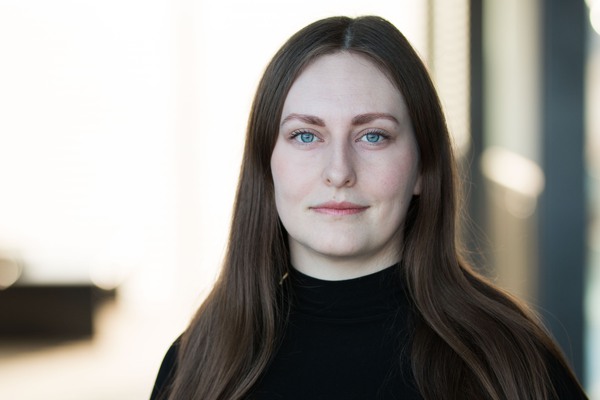Nobel Prize-winning literature often published by small publishing houses

For a small publishing house, prizes such as the Nobel Prize are of great importance. Literature written by Nobel Laureates sells well, at least during the Christmas trade period. Photo: Getty Images
During the Christmas trade period, books written by the latest Nobel Prize laureate tend to sell at least as well as the more traditional bestsellers. It is very important for publishers to have Nobel Prize winners on their lists, according to research by Jana Rüegg, doctoral student in literary studies at Uppsala University.
In recent years, it has become more common for small publishing houses to publish literature that is then awarded the Nobel Prize. This is demonstrated by Jana Rüeggs’s study on the Nobel Prize in Literature and publication trends in Sweden, for laureates in the period 1970-2016.
‘I have observed a shift from larger to smaller publishers and it has been particularly evident over the last ten years. This correlates with publishing trends in general for translated literature and perhaps particularly high prestige literature in translation, such as literature by Nobel Prize laureates.’
Why is this?
‘On the one hand, Sweden has a very strong trend of small publishing houses supporting this kind of literature in translation. On the other, their publications are very well suited to the various forms of support that are available. The Swedish Arts Council’s literary grant has a publication limit of no more than 5000 copies and focuses on high-quality literature that would otherwise be difficult to get published. The literature of small publishing houses often lies within these parameters’, says Jana Rüegg.

Jana Rüegg, doctoral student in literary studies at Uppsala University. Photo: David Naylor
Big publishers in crisis
Another explanation is that big publishers such as Bonniers and Norstedt experienced a crisis in the early 2000s. Previous research shows that it is precisely the high-quality literature in translation that publishers cut back on in the event of a crisis. This is what seems to have happened in this case too.
‘For example, Elisabeth Grate, who runs the Grate publishing company, says that the big publishing houses let some high-quality literature go, allowing her to expand her range. She has two Nobel Laureates on her list, Patrick Modiano and J.M.G. Le Clézio. Modiano had been published by Bonniers and Norstedts since 1970. Then there was a long 19-year break before a smaller publisher picked up the author.’
Long breaks of this kind are not uncommon when it comes to the work of Nobel Prize laureates in Swedish translation. It often takes a while before a new publishing house takes over the publishing.
‘Annie Ernaux, this year's laureate, has a publishing history similar to that of Modianos, except that it was a large publisher who picked her up following a 22-year hiatus. She was introduced by a Bonnier imprint called Viva and subsequently moved to Wahlström&Wistrand. The latest publication there was in 1998 and in 2020, Norstedt picked her up’, says Jana Rüegg.
Good sales during the Christmas trade
For a small publishing house, prizes such as the Nobel Prize are of great importance. On the one hand, they provide a lot of good publicity and on the other, literature written by Nobel Laureates sells well, at least during the Christmas trade period. Jana Rüegg carries out spot checks in the trade magazine, Svensk bokhandel, to monitor how good sales usually are.
‘In particular months, such as December which is usually a major sales month, some authors can compete with other bestsellers in that specific month. However, Nobel Prize laureates have quite a hard time measuring up to traditional bestsellers on the best books of the year lists. So, they do not sell as well as the latest Läckberg, however, they stand out in relation to other high-prestige literature.’
As part of the research project, Rüegg created a database of the publications of all Nobel laureates from 1970 to 2016, from Solzhenitsyn to Dylan. The majority were published in Swedish long before they were awarded the Nobel Prize.
‘From their first work in Swedish translation to the year in which they were awarded the Nobel Prize, there was an average period of 20 years. This means that the Nobel Prize in most cases reintroduces an author that has already been translated into Swedish, rather than drawing attention to an author for the first time. It is commonly believed that Noble Prize is awarded to an entirely unknown author, however, this is not true from a market perspective’, says Jana Rüegg.
Annica Hulth
